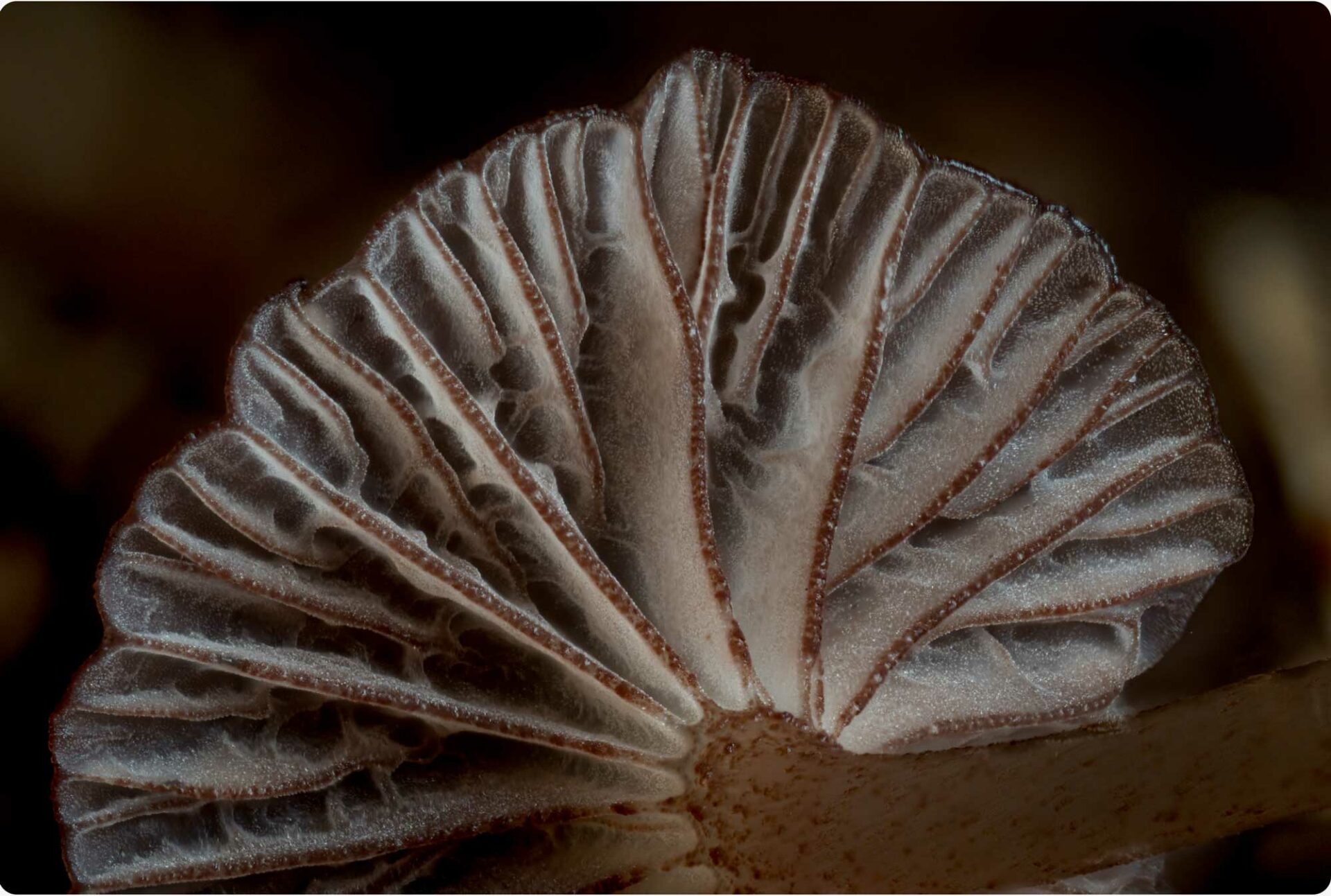
Mycology Glossary: Unlocking the Language of Fungi
Fungi are fascinating organisms, but the world of mycology (the study of fungi) comes with its own unique vocabulary. Whether you’re a mushroom forager, a home cultivator, a medicinal mushroom enthusiast, or a curious naturalist, understanding these terms will help you navigate the fungal kingdom with confidence. This glossary is organized into sections for easier reference, so you can quickly find the terms most relevant to your interests.
Why Learn Mycology Terms?
Understanding mycological terminology is like having a map to the fungal world. It helps you:
- Identify mushrooms more accurately.
- Master cultivation techniques with precision.
- Communicate with other enthusiasts and experts.
- Explore medicinal mushroom benefits with scientific understanding.
General Mycology
These terms cover the basics of fungal biology and the science of mycology, providing a foundation for understanding fungi.
- Amyloid: Refers to spores or tissues that turn blue, gray, or black when stained with Meltzer’s reagent.
- Apothecium: A cup-shaped spore-bearing structure found in some ascomycete fungi, like many lichens.
- Ascocarp: The fruiting body of an ascomycete fungus (ex. Cup fungi, morels, etc.)
- Basidiocarp: The fruiting body of a basidiomycete fungus—what most people recognize as a “mushroom.”
- Basidium: A microscopic, club-shaped cell where spores are produced in basidiomycetes.
- Dikaryon: A cell with two distinct nuclei, a stage unique to many fungi during their sexual life cycle.
- Fruiting Body (Sporocarp): The reproductive structure of a fungus, such as a mushroom, puffball, or bracket fungus.
- Hypha (plural: Hyphae): The thread-like filaments that make up the body (mycelium) of a fungus.
- Hymenium: The spore-producing layer found on gills, pores, or other spore-bearing surfaces.
- Microscopy: The use of microscopes to examine fungal spores, cells, and structures in detail.
- Morphology: The study of the structure and form of fungi, often used in mushroom identification.
- Mycelium: The main body of a fungus, consisting of a network of hyphae, usually hidden in soil, wood, or other substrates.
- Mycology: The scientific study of fungi, including their biology, ecology, and uses.
- Spore: The microscopic reproductive unit of fungi that allows them to spread and colonize new environments.
- Taxonomy: The science of classifying organisms, including fungi, based on their relationships and characteristics.
Foraging and Identification
These terms are especially useful for mushroom hunters, naturalists, and anyone identifying fungi in the wild.
- Adnate: Describes gills that are broadly attached to the stem of a mushroom along their entire depth.
- Anastomosing: Describes gills or ridges that branch and reconnect, forming a network-like pattern. This is often seen in certain species like chanterelles.
- Annulus: The ring of tissue left on a mushroom stem after the partial veil breaks as the mushroom matures.
- Cap (Pileus): The top part of a mushroom, often umbrella-shaped, that supports the spore-producing surface (gills, pores, etc.).
- Cortina: A cobweb-like veil that covers the gills of some young mushrooms, leaving a fine, silky ring or zone on the stem as it breaks.
- Decurrent: Gills that run down the stem rather than stopping at the point of attachment.
- Free Gills: Gills that do not touch or attach to the stem, leaving a gap between the gills and the stem.
- Gills (Lamellae): Thin, blade-like structures under the cap of many mushrooms where spores are produced.
- Hygrophanous: A cap that changes color depending on its moisture content—often darker when wet and paler when dry.
- Lichen: A composite organism made up of a fungus and either an alga or cyanobacterium.
- Lignicolous: Fungi that grow on wood.
- Margin: The edge of a mushroom cap, which can be smooth, wavy, striated, etc.
- Mixed Conifer Forest: Forests containing a mix of conifer tree species, often rich in fungal diversity.
- Pores: Small holes on the underside of some mushroom caps (like boletes and polypores) through which spores are released.
- Prunose: A surface covered with a fine, powdery bloom, similar to a dusting of flour.
- Reticulate: A net-like pattern, often seen on the stem of certain mushrooms, such as some boletes.
- Rhizomorphic: Describes thick root-like mycelium.
- Riparian Areas: Ecosystems near rivers or streams where many mushrooms thrive.
- Stipe: The stem of a mushroom.
- Striate: Having fine, radiating lines or grooves, often seen along the edge of a mushroom cap.
- Universal Veil: A protective tissue enclosing the entire young mushroom, often leaving remnants like warts on the cap or a volva at the stem base.
Cultivation and Laboratory Terms
If you’re cultivating mushrooms at home or studying fungi in a lab, these terms will be especially useful.
- Biological Efficiency (BE): A measure of how much fresh mushroom weight is produced compared to the dry weight of the substrate, expressed as a percentage.
- Clamp Connection: A bridge-like structure formed during fungal cell division that facilitates the movement of nuclei.
- Coprophilous: Fungi that grow on dung.
- Field Capacity: The optimal amount of moisture a substrate can hold without becoming waterlogged. This is a common rule of thumb used for preparing mushroom substrates.
- Melzer’s Reagent: A chemical solution used in mycology to test for amyloid reactions in spores or tissues. The reagent is a mixture of chloral hydrate, potassium iodide, and iodine.
- Mycorrhiza: A mutually beneficial relationship between a fungus and a plant root, where nutrients are exchanged.
- Saprophyte: An organism that feeds on dead organic material. Most cultivated mushrooms, like oyster and button mushrooms, are saprophytes.
- S2B (Spawn to Bulk): The process of mixing colonized grain spawn with a bulk substrate (e.g., straw, manure, or coco coir) to expand fungal growth for fruiting.
- Substrate (Sub): The material on which a fungus grows, such as soil, wood, straw, or compost.
- G2G (Grain to Grain): A method of expanding mycelium by transferring colonized grain to fresh, sterile grain to increase spawn volume.
- Tomentose: Covered in dense, woolly, or fuzzy hairs, often describing mycelium growth.
Medicinal Mushroom Terms
These terms are useful for those exploring the health benefits of fungi and the science behind medicinal mushrooms.
- Adaptogen: A substance, like certain medicinal mushrooms, that helps the body adapt to stress and maintain balance.
- Beta-Glucans: Naturally occurring polysaccharides in mushrooms that are known for their immune-boosting properties.
- Chitin: A structural component in fungal cell walls that can support gut health and digestion.
- Polysaccharides: Complex carbohydrates found in mushrooms, often studied for their therapeutic effects on the immune system.
- Triterpenes: Compounds found in mushrooms like Reishi, studied for their anti-inflammatory and antioxidant properties.
Did We Miss a Term?
This glossary is a summarized guide to common mycological terms. For a more comprehensive list, check out specialized resources and field guides as you deepen your fungal knowledge! If there’s a term you’d like to suggest, please contact us at in**@************um.com.
Happy mushrooming!
Latest Articles
Latest Articles
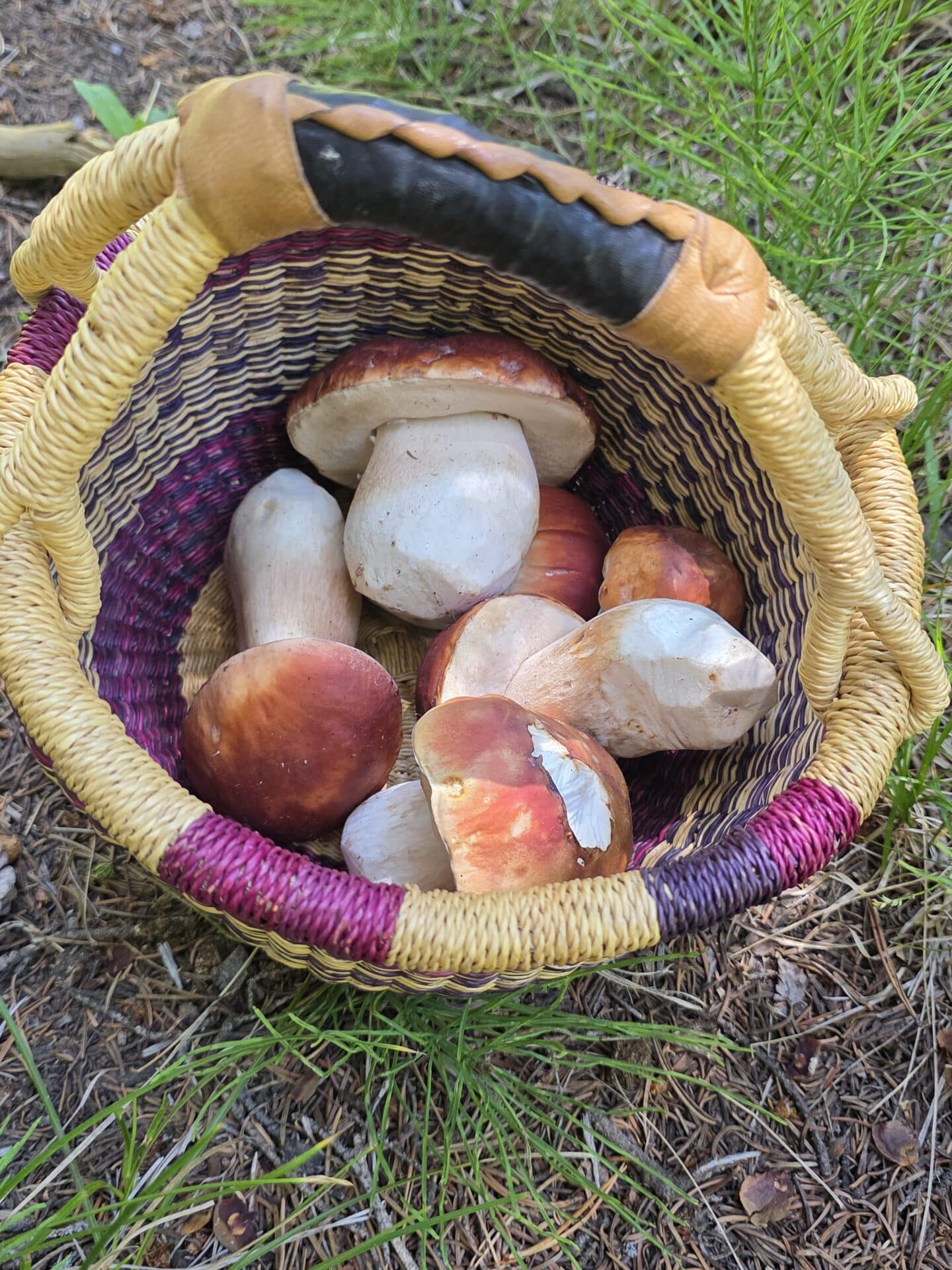
Introduction to Mushroom Foraging in the Rockies
Mushroom foraging is a unique adventure that combines hiking, nature...
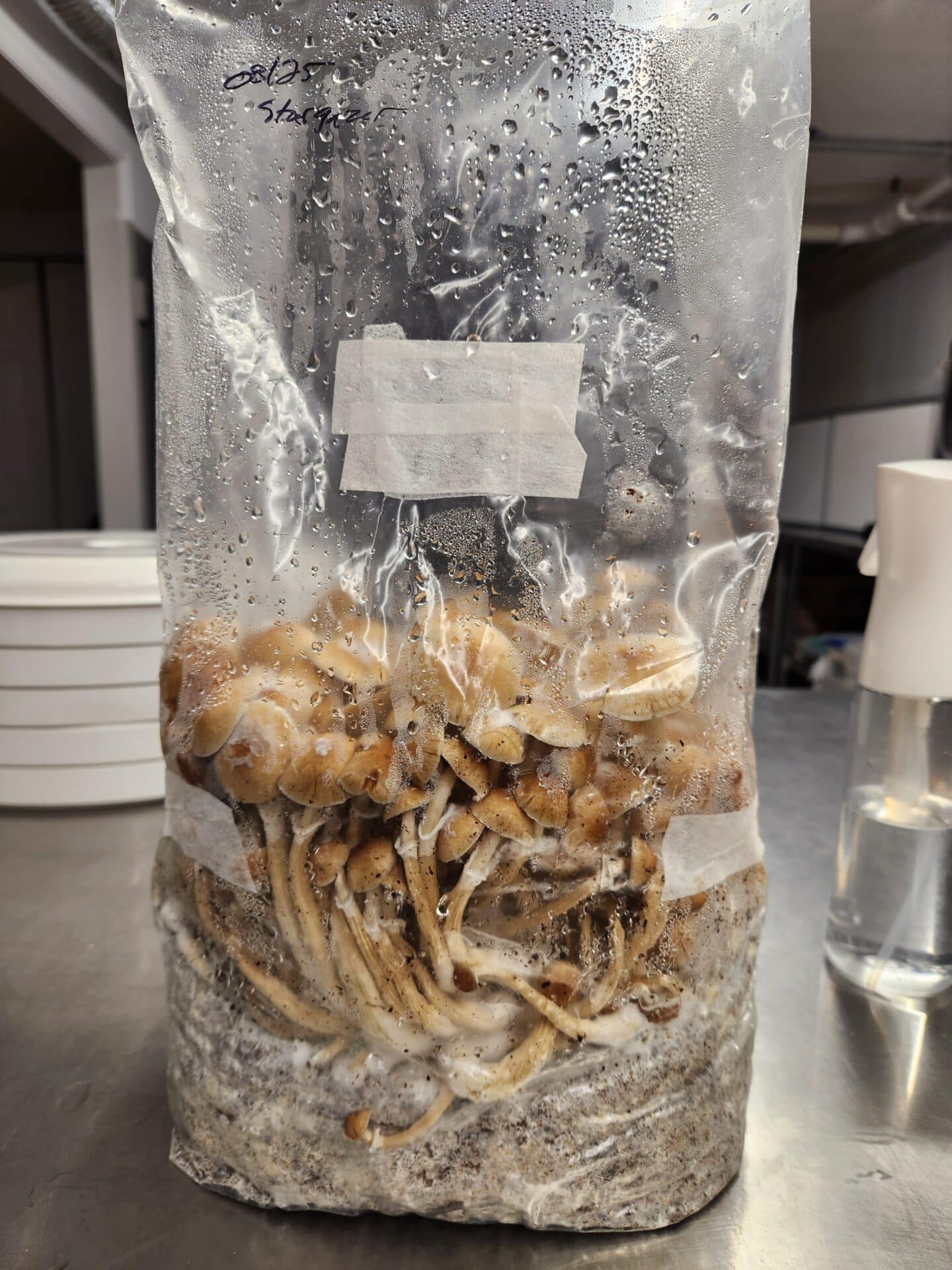
DIY Mushroom Grow Bags
Intro Growing mushrooms at home doesn’t have to be complicated...
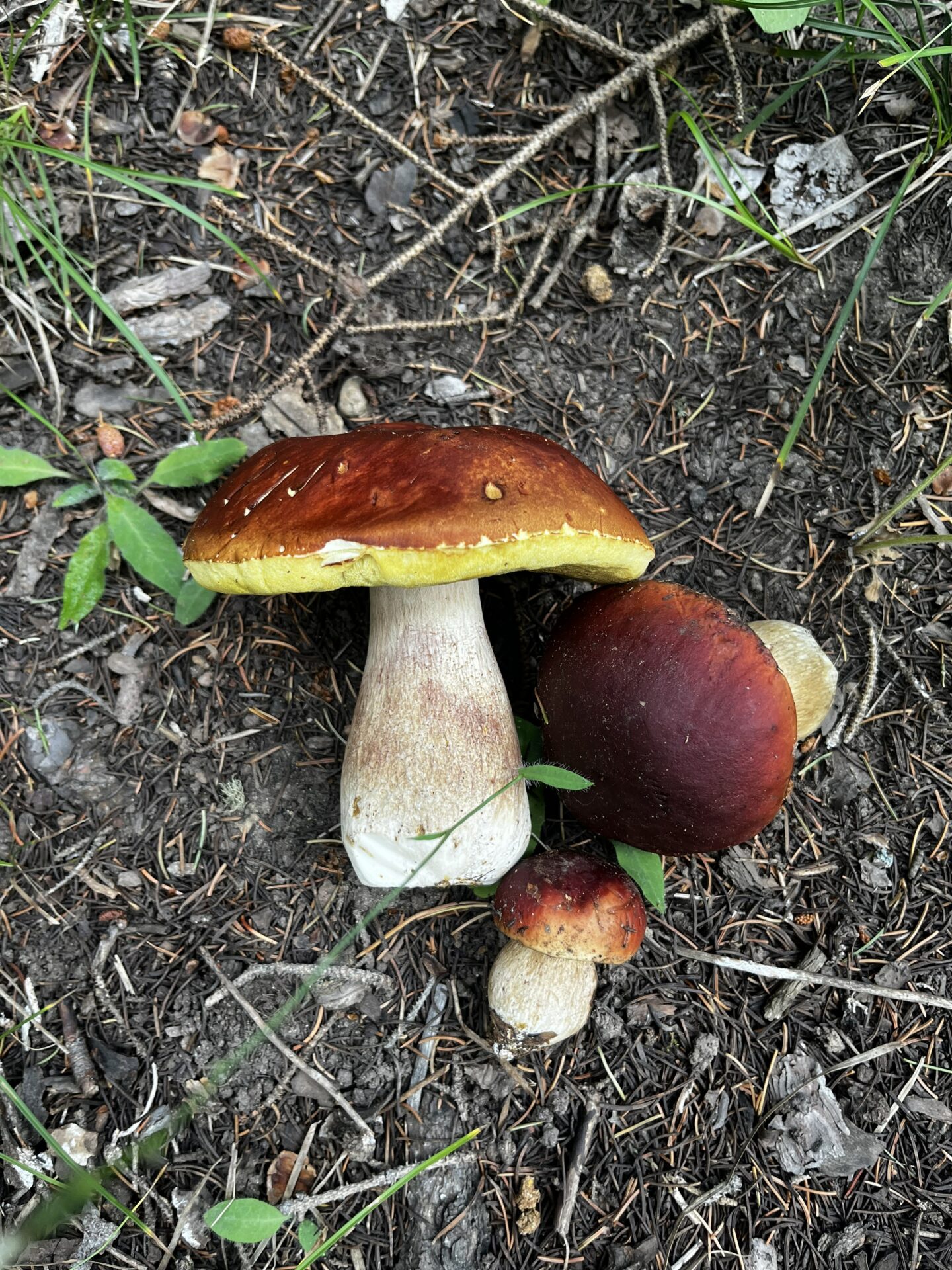
Colorado Mushroom Hunting Resources
Whether you’re just starting your journey into mushroom foraging or...
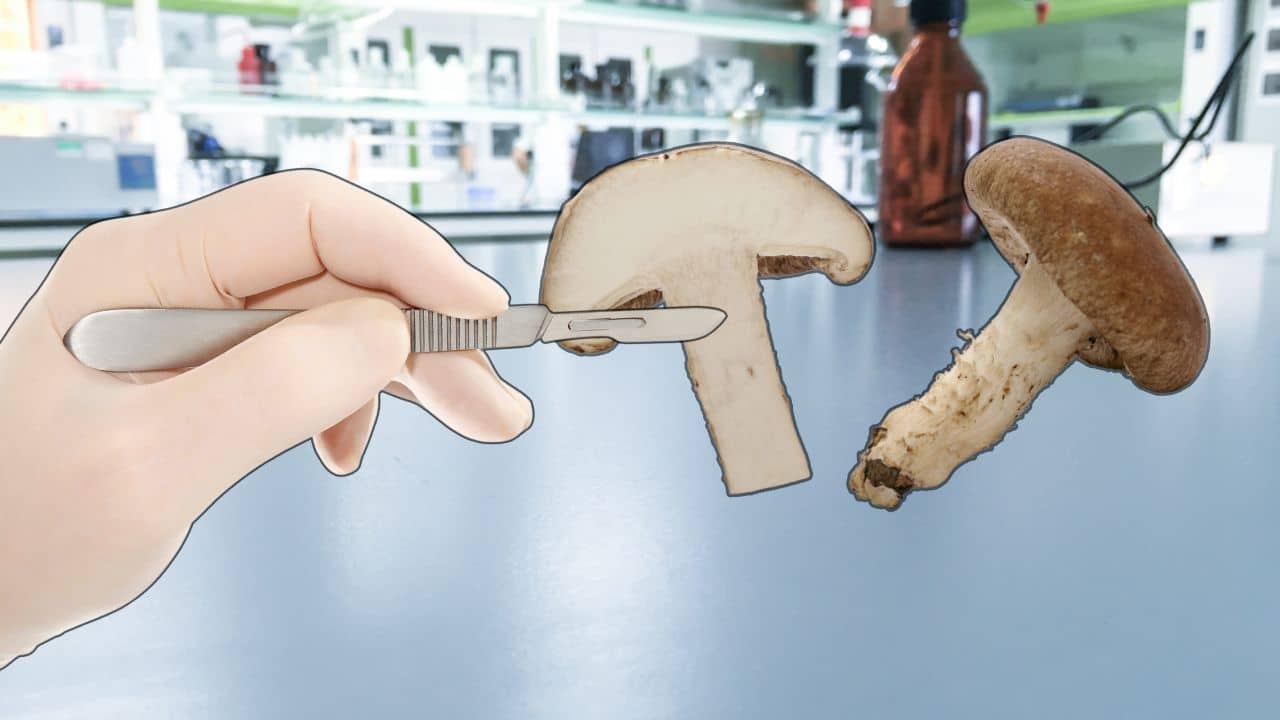
Step-by-Step Guide to Cloning Mushrooms
As you become more experienced in mushroom cultivation, you may...
